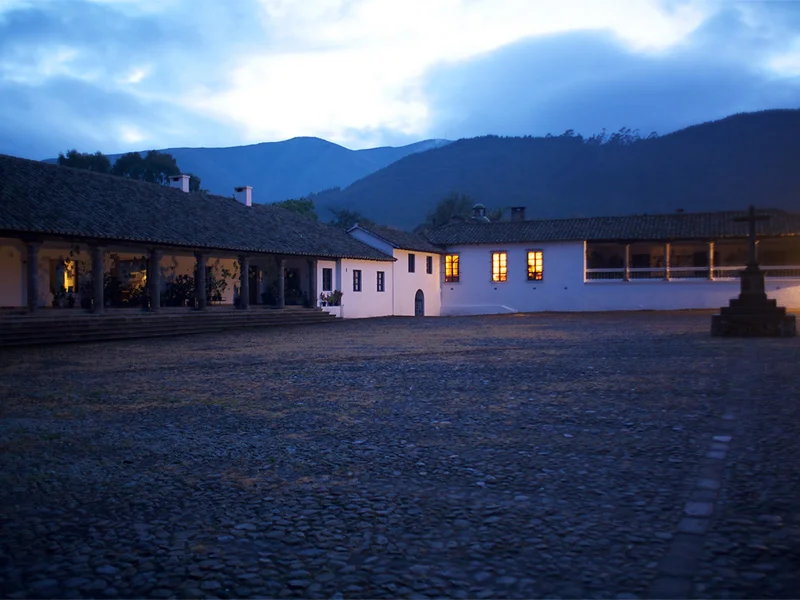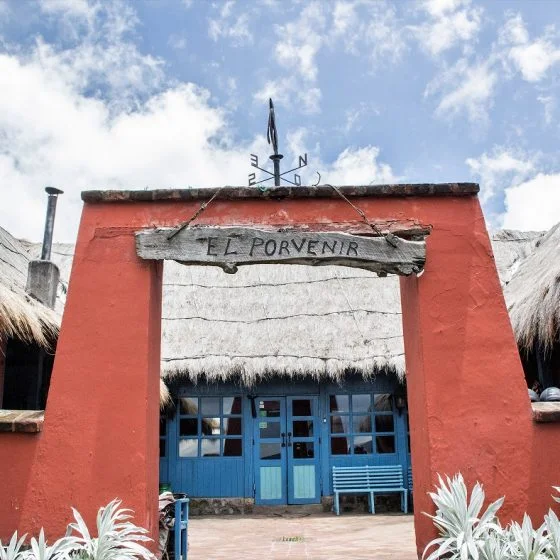Hacienda San Agustin de Callo | Quito
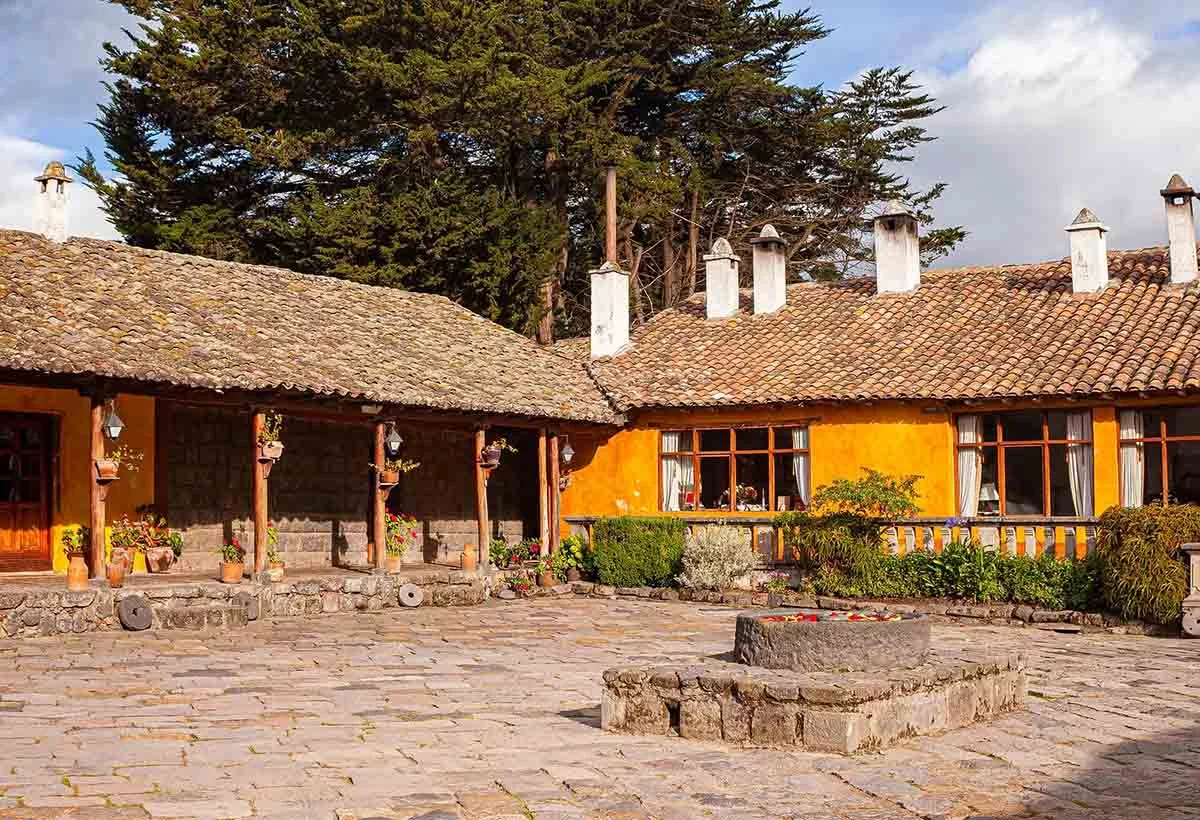

Welcome to Hacienda San Agustin de Callo
About an hour from Quito along the Panamericana Sur lies the distinctive colonial Hacienda of San Agustín de Callo. This estate is built on the site of an Inca palace, one of Ecuador’s two most significant Inca archaeological sites, and marks the northernmost extent of Imperialstyle architecture from Cuzco. The working farm provides a unique insight into Ecuador's rich and vibrant history.
Archaeology
San Agustín de Callo's rich history is reflected in its eclectic architecture. In the main courtyard, visitors can observe three distinct styles: Inca (Imperial style from the 15th century, used for temples and palaces), Spanish Colonial (from the 18th century), and Republican (from the 19th century). The hacienda is the only living museum showcasing both Inca Imperial and Spanish Colonial styles.
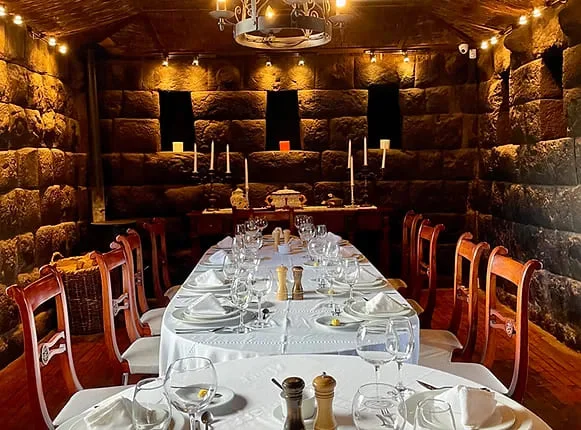






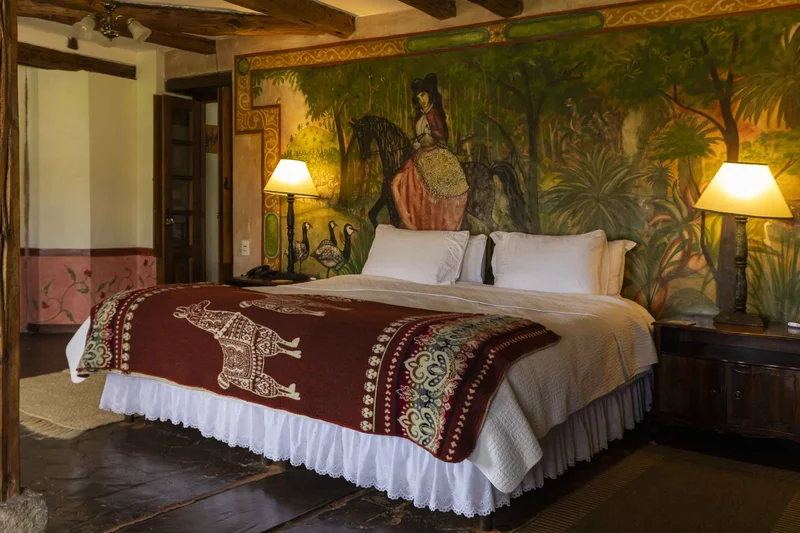


Rooms
Inca House
This is the primary building of the hacienda, featuring five rooms, each with bathtubs and fireplaces. Some rooms retain original Inca walls and remains.
Callo Lodge
A cozy, smaller house with three rooms, fireplaces, a comfortable sitting area, and a kitchen—ideal for groups, families, or extended stays.
Cotopaxi House
Offering two suites with separate sitting rooms and jacuzzis overlooking Cotopaxi, this house is perfect for families, friends, or couples.
Inca Installations
Inca Ceremonial Rooms
The most striking features are the exquisitely carved volcanic stone walls of two Inca rooms that have withstood the test of time and now serve as an Inca Temple and dining area. The dining room, with its smokeblackened walls, showcases the exceptional precision of Inca stonemasonry and provides a breathtaking view of Cotopaxi, the world's highest active volcano. This site was famously described by Alexander von Humboldt during his 1802 visit.
Inca Dining Rooms
The Inca House includes two dining areas: a distinctive Inca room and a breakfast room featuring an Inca wall. Breakfasts are Englishstyle and plentiful, offering a variety of cheeses, homemade products, cream, granola, butter, yogurt, breads, exotic juices, eggs with bacon sausages, marmalades, and fresh fruit.
The Drawing Room
This inviting space features large windows overlooking Cotopaxi and other volcanoes. The main door opens to the gardens. The cozy atmosphere, enhanced by the fireplace and family photographs, makes it a relaxing area. An honor bar is also available next to a beautiful Inca wall.
Main Courtyard
The hacienda's main courtyard illustrates the fusion of architectural styles contributed by its varied and influential inhabitants: Inca (15thcentury Imperial style), Spanish Colonial (18th century), and Republican (19th century).



